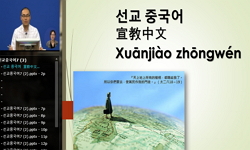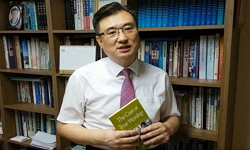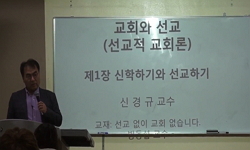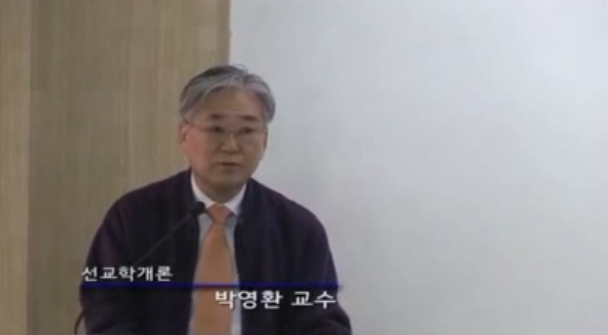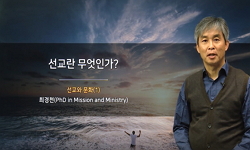본 연구는 지눌의 최초 저술인 『정혜결사문』의 체계와 사상을 연구하는 데 목적이 있다.<BR> 지눌은 수심의 바른 길로 텅 비었으면서도 환히 밝은 본래 마음에 대한 ...
http://chineseinput.net/에서 pinyin(병음)방식으로 중국어를 변환할 수 있습니다.
변환된 중국어를 복사하여 사용하시면 됩니다.
- 中文 을 입력하시려면 zhongwen을 입력하시고 space를누르시면됩니다.
- 北京 을 입력하시려면 beijing을 입력하시고 space를 누르시면 됩니다.

『권수정혜결사문』의 체계와 사상 = The Structure and Thought of Exhortations to Practice for Samadhi and Prajna Society
한글로보기https://www.riss.kr/link?id=A76463026
- 저자
- 발행기관
- 학술지명
- 권호사항
-
발행연도
2007
-
작성언어
-
- 주제어
-
KDC
220
-
등재정보
KCI등재
-
자료형태
학술저널
-
수록면
349-410(62쪽)
- 제공처
-
0
상세조회 -
0
다운로드
부가정보
국문 초록 (Abstract)
본 연구는 지눌의 최초 저술인 『정혜결사문』의 체계와 사상을 연구하는 데 목적이 있다.<BR> 지눌은 수심의 바른 길로 텅 비었으면서도 환히 밝은 본래 마음에 대한 결정적인 믿음과 이해에 기초해서 선정과 지혜를 닦을 것을 일관되게 제시하고 있다. 수심(修心)은 본래의 성성적적한 마음을 드러낼 뿐만 아니라 이익중생(利益衆生)하는 이타행을 떠나지 않는다.<BR> 지눌에 있어서 정토는 마음 밖에 있는 땅이 아니라 한 마음 청정한 것을 가리킨다. 따라서 염불은 선정과 지혜를 닦는 수행과 다르지 않다고 본다. 그는 자성미타(自性彌陀) 유심정토(唯心淨土)로서의 정토업을 적극적으로 수용한다.<BR> 선은 부처님의 마음이요 교는 부처님의 말씀이라 보는 것이 그의 선교관의 기본이다. 말씀의 근본이 마음이요 마음의 표현이 말씀이고 보면 선과 교는 서로 대립, 갈등하는 관계일 수가 없다. 선과 교가 분리될 수 없다는 그의 선교관은 선교가 대립, 갈등하는 고려불교의 현실에 대한 고뇌를 통해 직접 3년간이나 대장경을 열람하는 체험에서 나온 결론이다.<BR> 마음에 대한 바른 믿음과 이해에 근거한 닦음인 최상승선을 강조하면서도 그는 초학자를 위해 권(權)과 실(實)을 함께 시설하고 있다. 그러므로 돈과 점, 자성삼학과 수상삼학을 함께 포용하고 있으며 다양한 근기의 사람들이 어떻게 닦아가야 할지를 구체적으로 밝히고 있다. 가르침을 필요로 하는 사람들의 근기와 현실을 중시하는 전통은 보조선의 한 특성이라 할 수 있다.
다국어 초록 (Multilingual Abstract)
Exhortations to Practice for Samadhi and Prajna Society, which was written in 1199 to commemorate the formal establishment of the Samadhi and Prajna Society, is Chinul"s first work. It gives us the picture of how the Society was forme...
Exhortations to Practice for Samadhi and Prajna Society, which was written in 1199 to commemorate the formal establishment of the Samadhi and Prajna Society, is Chinul"s first work. It gives us the picture of how the Society was formed and what kind of practice Chinul was for as well. So, a close examination of the work is necessary to understand Chinul"s thought fully.<BR> The purpose of this paper is twofold : One is to examine Chinul"s thoughts in Exhortations to Practice for Samadhi and Prajna Society ; and the other is to introduce to ordinary readers what are the contents and structure of the work. The main body of this paper consists of three parts ; namely 1)the contents and structure of the work, 2)the motives and process of the Society, 3)Chinul"s thoughts in the work.<BR> In the first part, the paper gives readers a general picture of the work by giving the structure and contents of it in detail. By doing so it reaffirms that the work was not only to commemorate the formation of the Society but also to give us a road map to the cultivation of Mind. Therefore, the Society for the Samadhi and Prajna can be called the Society for the cultivation of Mind.<BR> In the second part, the paper examines how the Society was formed and how it went on. At the time of Chinul Koryeo Buddhism was far from right Dharma : Monks were hankering after "fame and profit", and the conflict between Zen and Doctrinal Buddhism was serious. Lamenting deeply, Chinul stood up for right Dharma : That is why he established the Samadhi and Prajna Society. He and fellow monks at the Bojesa Zen Dharma meeting in 1182, when he was twenty-five, agreed to form a common society to reform Koryeo Buddhism. After having two awakening experiences at Cheongwonsa and Bomunsa temple, he finally established the Society at Keojosa temple in 1190 when he was thirty-three.<BR> In the third part, the paper examines Chinul"s thoughts under five headings : 1)right path to cultivation of Mind, 2)the Bodhisattva act of "helping others" in the spiritual path, 3)view of Pure Land practice, 4)view of Zen and Doctrinal Buddhism, 5)the cultivation of Mind and different capacity of people.<BR> According to the work, one must first have faith and underst anding in one"s own Mind, which is none other than Buddha, and then must cultivate Samadhi and Prajna. This is the right path to the cultivation of Mind. Although the word "sudden enlightenment and gradual practice" does not appear in the work, "cultivation on the basis of faith and understanding(信解而修)" is not different from sudden enlightenment and gradual practice approach.<BR> Cultivating Samadhi and Prajna one must also practice Bodhisattva act of helping others. Chinul said in the work : "Since wehave vowed to ferry across others, we must first cultivate Samadhi and Prajna." In his thought "helping oneself" and "helping others" cannot be separated.<BR> Since the Buddha and the Dharma one searches are none other than one"s original mind Chinul does not accept other worldly Pure Land, which is in the west. However, he does not all the way reject Pure Land practice at all. According to him, Pure Land is none other than the pure basis of one"s own mind. And reciting the Buddha"s name can also be a part of Samadhi and Prajna cultivation. In this light, we can affirm that Zen and Pure Land practice are not two but one in the work.<BR> To determine if Buddha"s words were compatible with Zen, Chinul spent three long years studying the Tripitaka at Bomunsatemple in Haga-mountain. Finally he was convinced through Hua-yen Sutra and Li T"ung-hsuan"s Treatise on Hua-yen that the two traditions were not totally different but compatible each other. His conclusion was "what the Buddha expounded through his m
목차 (Table of Contents)
- 국문 초록
Ⅰ. 머리말
Ⅱ. 『정혜결사문』의 구성과 내용
Ⅲ. 결사의 동기와 과정
Ⅳ. 『결사문』의 중심 사상
Ⅴ. 맺음말
〈부록〉. 정혜결사문 내용 요약
참고 문헌
〈Abstract〉
- 국문 초록
Ⅰ. 머리말
Ⅱ. 『정혜결사문』의 구성과 내용
Ⅲ. 결사의 동기와 과정
Ⅳ. 『결사문』의 중심 사상
Ⅴ. 맺음말
〈부록〉. 정혜결사문 내용 요약
참고 문헌
〈Abstract〉
동일학술지(권/호) 다른 논문
-
緣起法이 불타 自內證이라는 經證 검토 - 불타 깨달음은 연기법인가?(Ⅰ)
- 보조사상연구원
- 권오민(權五民)
- 2007
- KCI등재
-
- 보조사상연구원
- 권탄준(Kwon Tan-jun)
- 2007
- KCI등재
-
천태 一心의 槪念과 사상적 淵源 고찰 - 『마하지관』을 중심으로
- 보조사상연구원
- 차차석(Cha Cha-seok)
- 2007
- KCI등재
-
- 보조사상연구원
- 권서용(Kwon Seo-yong)
- 2007
- KCI등재




 스콜라
스콜라